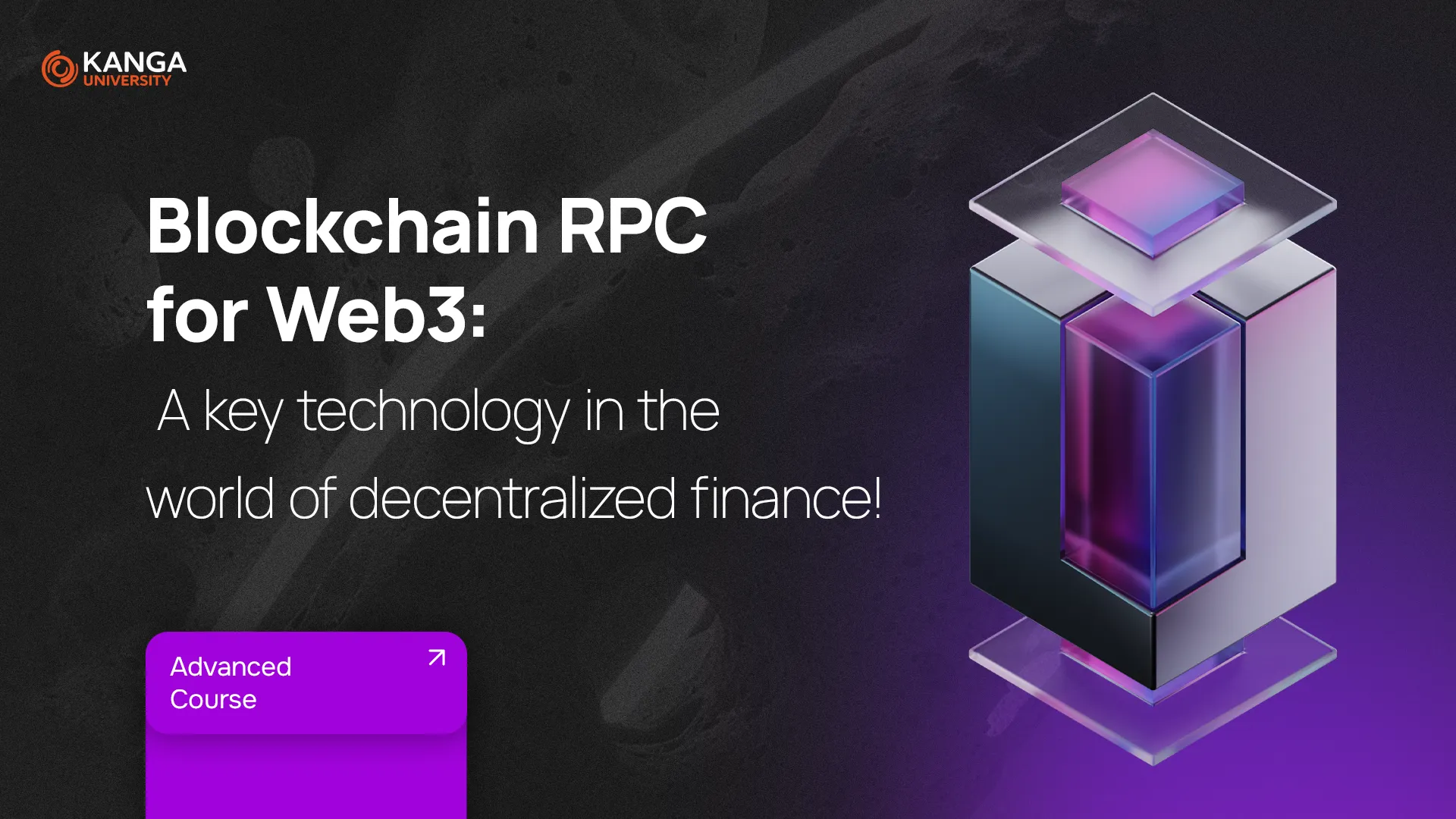
Blockchain isn’t just about digital money or cryptocurrencies. It’s an entire ecosystem that powers decentralized apps (dApps), games, wallets, and financial services—all without middlemen. But to make these applications work, they need to talk to the blockchain. That’s where RPC, or Remote Procedure Call, comes into play.
If you’ve never heard of Blockchain RPC before, this lesson will break it down in a simple, step-by-step way—even if you’re new to the Web3 world.
What is RPC?
RPC stands for Remote Procedure Call. Think of it as a way for one application to ask another—often located somewhere else on the internet—to do something. What makes it unique is that it works remotely, without the calling application needing to know the internal workings of the server it’s talking to.
RPC allows:
-
apps to request specific data or actions from a server,
-
communication between systems in a way that feels local, even if it’s not.
So, What is Blockchain RPC?
In blockchain, RPC is the bridge between your app and the blockchain network. For example, when your crypto wallet wants to check your balance or send a transaction, it uses Blockchain RPC to send that request to a node in the network.
Through Blockchain RPC, apps can:
-
fetch data about blocks and transactions,
-
submit new transactions,
-
interact with smart contracts,
-
monitor account balances and history.
Without this connection, no blockchain application could function.
What is an RPC Endpoint?
An RPC endpoint is a specific address (like a web URL) that applications use to connect to a blockchain. This endpoint represents a node—a computer running blockchain software and synced with the network.
When a dApp connects to an RPC endpoint, it can:
-
read data from the blockchain (e.g., user balances),
-
write data to the blockchain (e.g., submit a transaction).
Think of it as the entry door your app uses to access everything on the blockchain.
Example: A Game Using RPC
Imagine a blockchain-based game where a player wins a tournament. The app needs to:
-
Check the player’s balance before the match.
-
Send a transaction to update the player’s balance after winning.
Both steps happen through Blockchain RPC—without it, the app wouldn’t know who won or how to reward them.
Why Are Private RPC Endpoints So Important?
Developers often prefer private RPC endpoints over public ones because of three big reasons:
-
Speed: Public endpoints are used by many people and can be slow. Private ones are faster and more reliable.
-
Flexibility: Private endpoints offer more control and customization, like support for archive nodes or enhanced security features.
-
Scalability: With private endpoints, developers can scale up performance to meet the needs of growing applications.
Where Is Blockchain RPC Used?
-
Crypto wallets use RPC to check balances, send coins, and track transactions.
-
DeFi apps (like lending or swapping platforms) use RPC to interact with smart contracts.
-
Blockchain games rely on RPC for in-game purchases, item trades, and scorekeeping.
-
Any Web3 dApp needs RPC to work with the underlying blockchain.
The Future of Blockchain RPC
While RPC is essential to Web3 today, challenges remain:
-
Security: Ensuring safe, authenticated communication.
-
Interoperability: Connecting apps across different blockchains.
-
Performance: Keeping up with millions of users and real-time data.
Future development will likely focus on improving RPC tools to support more blockchains, better automation, and faster data flow. RPC will stay a backbone of the decentralized internet.
Summary
Blockchain RPC is what makes the Web3 world run. It’s the invisible connector that lets decentralized applications interact with blockchain data in real time.
Whether you’re building a crypto wallet, a DeFi protocol, or a game, RPC is what allows your app to talk to the blockchain.
If you’re exploring Web3 or want to build in it, understanding RPC is non-negotiable—it’s what powers nearly everything behind the scenes.